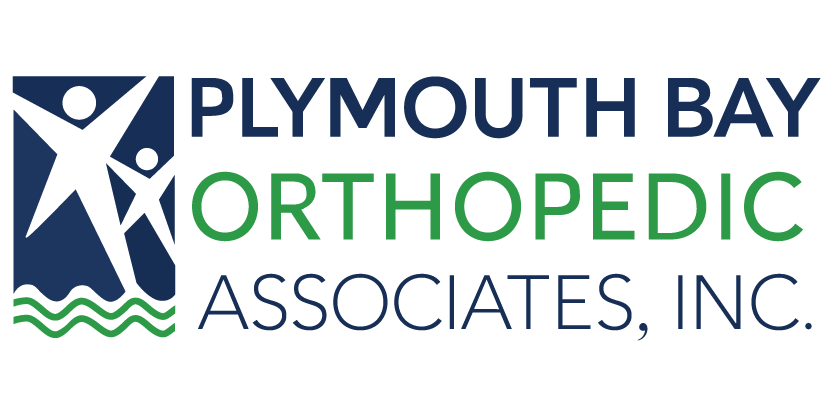
Muscle cramps are a common phenomenon occurring during intense physical activity and are frequently experienced by athletes of all ages. Although there are many causes of muscle cramps, if they occur during or soon after physical activity, they are termed exercise-associated muscle cramps (EAMC). Athletes typically experience powerful, spasmodic and painful contractions of the muscles and most of the time this involves the lower extremity.
EAMCs are prevalent across a wide range of sports, but commonly seen in endurance athletes such as marathon runners, triathletes or cyclists, as well as in contact sports including American football, soccer or basketball. Despite the quite dramatic and painful manifestation at the time of the event, most EAMCs do not have major long-term effects and are merely an inconvenience to the athlete. They usually do occur at most inopportune moments during a competition, hence treatment and prevention are paramount to allow the athletes to remain in their peak condition and available throughout the duration of the game or a race.
While the exact cause of the EAMCs has not been elucidated, studies have demonstrated risk factors that are closely associated. They can be grouped into non-modifiable risk factors, such as older age (>40), family or personal history of EAMCs, male gender and history of GI or kidney disease. On the other hand, modifiable risk factors include hot weather, competing at high and prolonged intensity, irregular stretching habits, lower level of fitness and a higher BMI.
Contrary to common belief, the role of electrolyte imbalance and dehydration is unclear in predicting the occurrence of muscle cramping. Therefore, treatment and prevention must be multimodal and systematic. One of the best ways to prevent cramping includes aggressive passive stretching, which should be done prior to every physical activity. Appropriate water intake is also paramount, and the key is not to overhydrate one’s body, as that may have counterproductive effects, but rather to “drink to thirst.” It is a misconception that the ideal hydrating solutions are commercial sports drinks. These products are designed to be palatable, are highly concentrated with sugar and should be avoided for this purpose. Addition of electrolyte packets to plain water is a much more effective solution to aid in rehydration and prevention of cramps.
Once the cramping has commenced, one of the best ways to immediately counter this is to stretch the affected muscle. Often times, this is very painful experience, however this stretch will trigger the inhibitory reflex on the affected muscle. There is a lot of anecdotal evidence involving compounds with a very strong or bitter taste such as pickle juice, mustard, vinegar along with various spices and herbs. Through this unpleasant sensation in the mouth, a response is elicited that triggers electrical activity in some regions of the brain, which in turn can block repetitive muscle contraction of the cramping muscle. Once the cramp has ended, it is recommended to refrain from the remainder of the physical activity. Nevertheless, no extended time away from the sport is required and normal activities may be resumed the following day.
Article written by Ognjen Stevanovic, MD, PharmD
